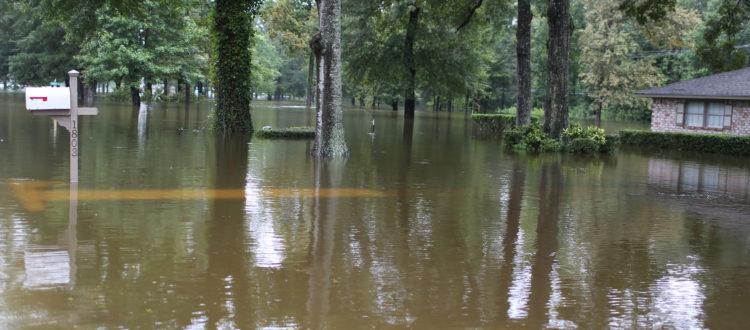Planning in the Wake of Disaster
In the aftermath of Hurricanes Harvey and Irma, preservationists along the Gulf Coast and Caribbean are beginning to clean up, assess damage, and plan for a long recovery. In Texas, Preservation Houston has assembled a list of resources for flood-affected property owners, and has begun working on a plan of action for threatened historic resources. Similarly, the Florida Trust for Historic Preservation has issued advice for property owners and residents affected by flooding. In a statement, Stephanie Meeks, President and CEO of the National Trust for Historic Preservation, expressed deep sadness and regret at the devastation seen over the last month and announced that the National Trust has formed an internal team to coordinate a response to Hurricanes Harvey, Irma, and Maria, as well as future storms. The National Trust has also partnered with the National Conference of State Historic Preservation Officers to recommend Congress fund a two-year, $150 million grant program for the rehabilitation of historic properties, as well as a temporary increase in the historic tax credit.
Over the last ten years, there have been increasing efforts to consider historic and cultural resources in plans for disaster response and mitigation. In 2005, FEMA released its report “Integrating Historic and Cultural Resource Considerations Into Hazard Mitigation Planning.” The National Trust has also collected resources for cities and preservation organizations looking to create hazard mitigation plans for historic resources. Having such plans in place can lead to a quicker and more coordinated response, and can also help protect historic resources from further damage during cleanup efforts. Unfortunately, few cities or states have adopted such guidelines, leaving many historic buildings, landscapes, and neighborhoods vulnerable in the face of natural disasters.
More broadly, we must also acknowledge that recent extreme weather events are part of a pattern, driven by global climate change. A recent statement by the Woods Hole Research Center summarizes the scientific consensus: a warmer climate means greater precipitation, more frequent intense storms, and more vulnerable coasts. Storms like Harvey and Irma are exceptional events, but they also offer a preview of our future. Planners and preservationists cannot just respond to individual disasters; they must also plan for the ongoing realities of climate change, including sea level rise.
An example of such an approach is the city of Annapolis’ “Weather it Together” initiative. This community-based planning program seeks to prepare the city’s historic seaport for increased flooding, both from extreme storms and the steady effects of sea level rise. The city is also developing a Cultural Resource Hazard Adaptation and Mitigation Plan, and will be hosting the second Keeping History Above Water conference at the end of October.
In the immediate aftermath of a natural disaster, the most pressing need for preservationists will always be assessing damage and stabilizing existing resources. However, even in times of crisis, we must also begin planning for the future.
This post originally ran on US/ICOMOS’ Knowledge Community for Climate Change and Heritage: http://www.usicomos.org/knowledgeexchange/climate-change-and-heritage/


